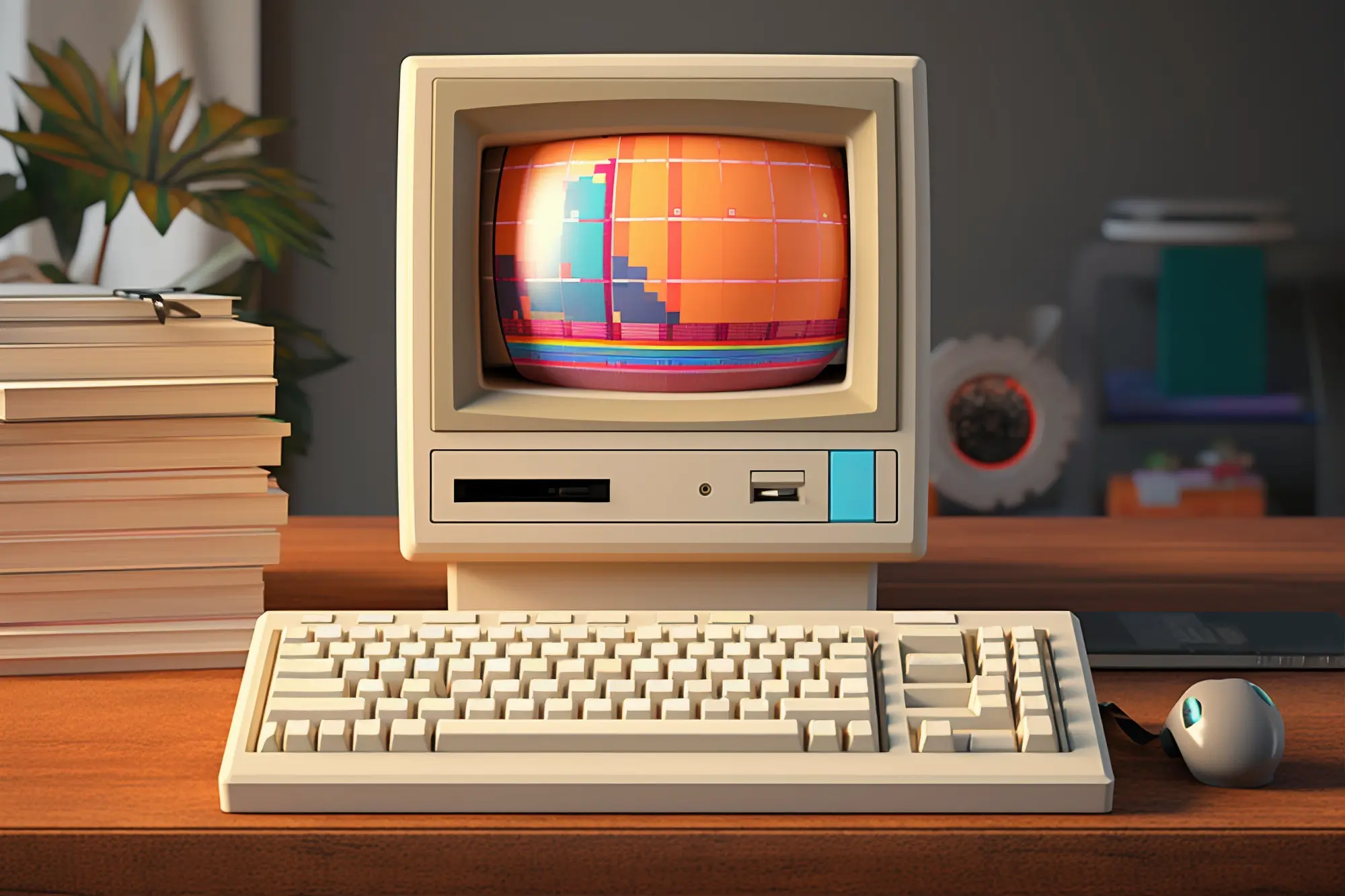The Arabic language has one of the oldest writing systems still in use today. Yet, when it came time to transfer Arabic script from pen and paper to typewriters and eventually computers, the journey was far from simple. The development of the Arabic keyboard layout reflects the broader history of language adaptation to technology – a path shaped by innovation, politics, and practicality.
Today, millions of people use Arabic keyboards on phones, tablets, and desktops. But few realize how much trial and error went into standardizing the layout we now take for granted. From mechanical constraints in the 20th century to the flexible, virtual keyboards we enjoy today, Arabic typing has come a long way.
Early Mechanical Arabic Typewriters
The first Arabic typewriters appeared in the early 20th century, modeled after Western machines. However, there were major challenges: Arabic script is cursive by nature, meaning that letters change shape depending on their position in a word. This made the traditional typewriter design, which assumed fixed letter shapes, highly problematic.
Early inventors responded by limiting functionality. Instead of a fully cursive script, Arabic typewriters produced a simplified, disconnected version of the script. Many of the ligatures and flowing letterforms were sacrificed for the sake of mechanical practicality. This introduced a visual disconnect that frustrated purists but allowed Arabic to enter the typed world for the first time.
In regions like Egypt and Lebanon, government offices adopted Arabic typewriters despite their limitations, simply because they allowed faster document production. Typing in Arabic, even if imperfect, was still more efficient than handwriting.
The Quest for a Standard Layout
As Arabic typewriter use spread throughout the Middle East and North Africa, there was a growing need for layout standardization. Each manufacturer had its own keyboard configuration – some grouped letters phonetically, others by visual similarity. This lack of consistency created confusion and slowed down typing education.
In the 1970s, Arab countries began pushing for a unified keyboard layout. Organizations like the Arab League and national standardization bodies proposed various models, but agreement was slow. Eventually, a dominant layout emerged based on letter frequency and practical finger placement – roughly equivalent to the QWERTY logic for Latin scripts.
This layout became the basis for most Arabic computer keyboards today. It balances ease of learning with efficient typing flow, and remains largely unchanged in physical keyboards across countries like Saudi Arabia, Egypt, Iraq, and Jordan.
Arabic Keyboards and the Rise of Computing
With the rise of personal computers in the 1980s and 90s, Arabic keyboard integration became a new challenge. Most operating systems and hardware were built with English in mind, and lacked support for right-to-left (RTL) scripts. Developers had to create localized operating systems and add-ons that could handle Arabic characters, text alignment, and Unicode support.
Arabic computer keyboards mirrored typewriter layouts, but offered better support for ligatures and diacritics. Typing became more sophisticated, but also more fragmented. Each software platform had its own quirks – Microsoft, Apple, and Linux all handled Arabic input slightly differently, which made switching devices frustrating.
Still, the spread of Arabic computing in education, journalism, and business created strong demand for keyboard literacy. By the early 2000s, typing in Arabic was a fundamental skill in schools and offices throughout the Arabic-speaking world.
The Shift to Mobile and Touchscreen Typing
As smartphones and tablets became the dominant computing platforms, Arabic typing faced a new wave of adaptation. Physical keyboards were replaced with digital ones, and the constraints of hardware gave way to customizable layouts. Virtual Arabic keyboards on Android and iOS now allow full script fidelity, swipe input, and predictive text.
However, mobile keyboards also introduced new fragmentation. Different apps and devices display slight variations in key arrangement, especially when switching between Arabic and Latin scripts. Some layouts even combine both alphabets for bilingual users, adding a layer of complexity.
To solve these issues, developers created web-based tools that work independently of device or operating system. These virtual keyboards offer a consistent, clean typing experience – perfect for people who don’t have Arabic installed on their devices or want a faster way to write Arabic online. One such solution is Arabic Keyboard Online, which replicates the familiar layout in a browser-friendly, responsive format.
Virtual Arabic Keyboards Today
The modern virtual Arabic keyboard is a result of over a century of iterative design. It maintains the core layout of earlier physical models but eliminates the limitations of hardware. With virtual tools, users can type Arabic on any device – phone, laptop, or tablet – without needing to install anything.
These keyboards also make Arabic more accessible to learners. By providing a clickable interface with labeled letters, beginners can explore the script without knowing key positions. Diacritics and special characters are available through simple toggles, making academic and religious writing much easier.
Moreover, virtual keyboards serve a global audience. Many Arabic speakers live abroad or use shared devices that don’t support Arabic by default. Virtual tools ensure they can still write in their language for communication, education, and expression – without barriers.
Conclusion The Future of Arabic Typing Is Online
From rigid typewriters to fluid touchscreen apps, the Arabic keyboard has evolved dramatically. What began as a workaround for a cursive script in a mechanical world has become a versatile, global tool for communication.
Today’s solutions offer more flexibility, more fidelity to the language, and more freedom for users to type how and where they want. Virtual tools now lead the charge in accessibility and convenience.
If you’re looking to type in Arabic quickly, accurately, and without software headaches, web-based keyboards are the way forward. They reflect the best of modern design while honoring the legacy of Arabic script. The next chapter in this story is being written – one keystroke at a time.

